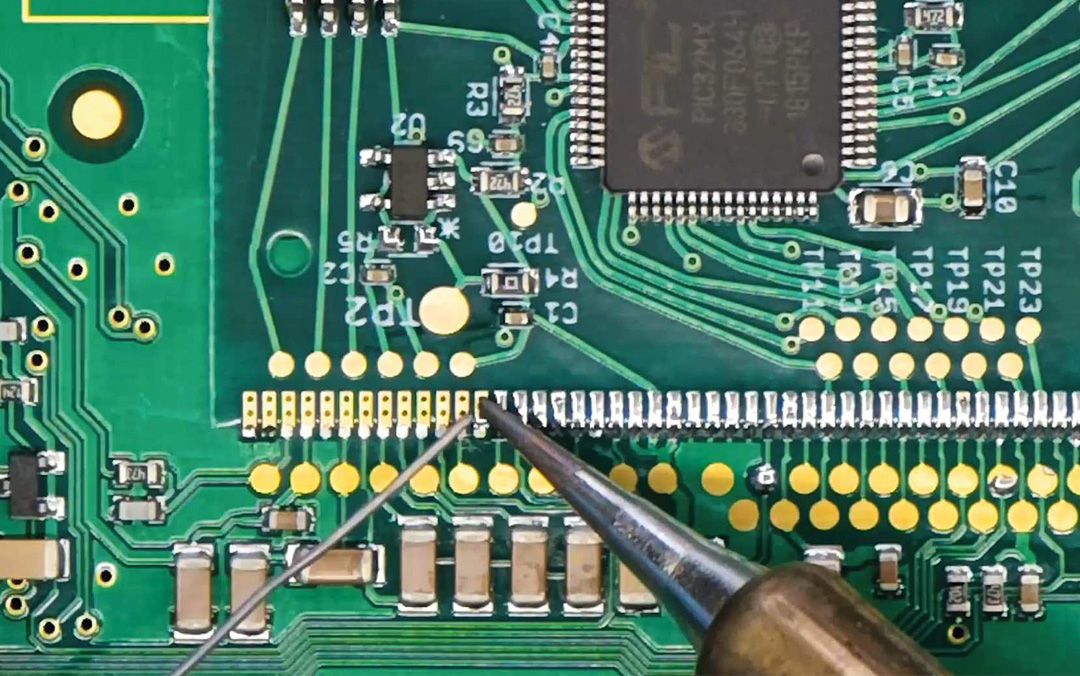Negative version
SEPDISP29N
Installation instructions for Citroën, DS, Fiat, Lancia, Peugeot, Toyota BORG - JOHNSON CONTROLS MFD display
WARNING: THIS PROCESS IS RECOMMENDED ONLY TO EXPERT AND QUALIFIED STAFF.
- The display must be installed only with its related small PCB, as supplied in the original packaging;
- Before installing the new display SEPDISP29N, it is highly recommended to carefully read the following instructions and watch the video tutorial below. The video is for illustrative purpose only;
- DO NOT SKIP ANY STEPS.

1


De-solder the original display with a hot air de-soldering iron (Pic. 1). Clean with a solder wick and a soldering iron with chisel tip to remove any excess tin (Pic. 2). A moderate amount of flux may be used to facilitate the cleaning
process. Lastly, complete the cleaning with some solvent.
2
Position the small PCB leaving 1mm gap, as in picture 3, and solder each pin individually, one at the time, with 0,3mm thin solder wire and with conical tip at 350°C (Pic.4). In this case, using flux is not recommended to inexperienced staff as misusing it may damage the board irreversibly.
3

With a flush cutter, cut off the central clip of the plastic base of the
display and any other plastic part positioned by the new FPC, as it may
damage it when re-assembling.
4

Position the frame supplied with the kit on the backlight diffuser underneath the display.
5

Peel off the rear protective film, fit the display into its housing and attach the PCB on the rear side of the module.
6

With the aid of tweezers, insert the FPC of the new display, with contacts facing down, into the connector on the small PCB.
7

Put back the module in the rear cover, making sure not to damage the FPC. Then, peel off the front film.
8

Lastly, re-attach the metal frame.
9
Switch on the module on a test bench using the Minitools CAN BUS generator SEP-RE-CAN008I, or directly on the vehicle.
NOTE:
If the display won’t turn on, please double check the soldering points. If the problem persists even after those checks, please send a picture of the small PCB soldered on the board at [email protected].
Minitools technicians will support you to complete the repair.



